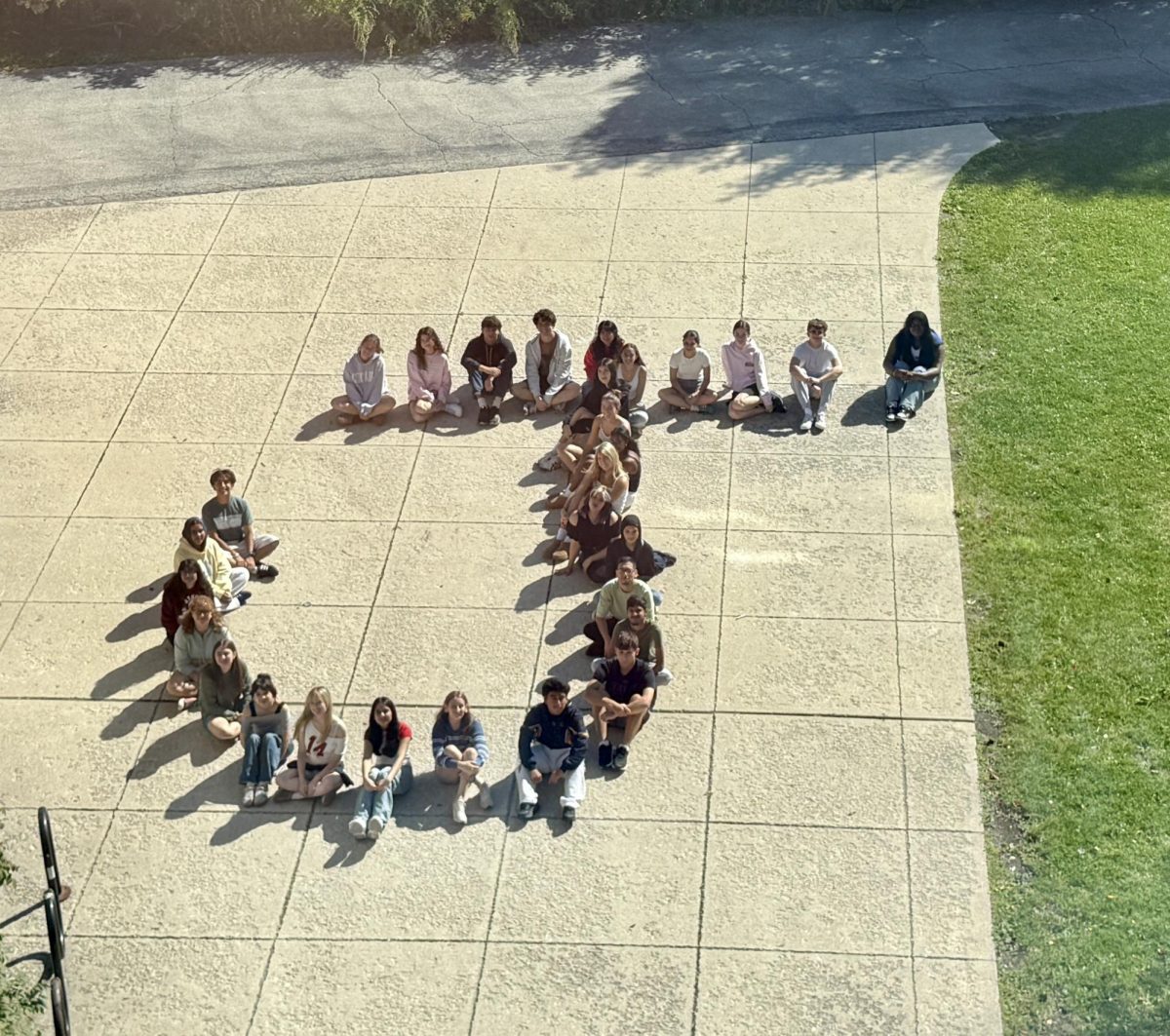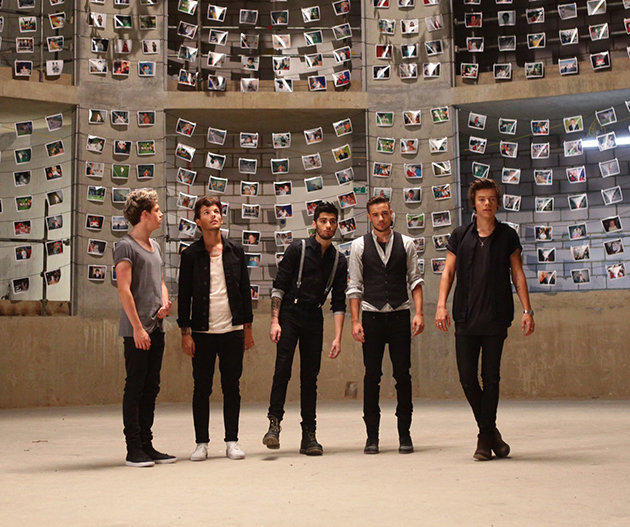As opposition to the Vietnam War increased, artists expressed their concerns through art. Following the war, Maya Lin’s design for the Vietnam Veterans Memorial was highly controversial because it countered traditional memorial styles. When this Memorial was built in 1982, it sparked controversy due to its unconventional design. James Webb, a former NASA administrator, and H. Ross Perot, a businessman and politician, criticized the memorial’s lack of traditional patriotic symbols, believing that such elements were necessary for a memorial to honor veterans properly.
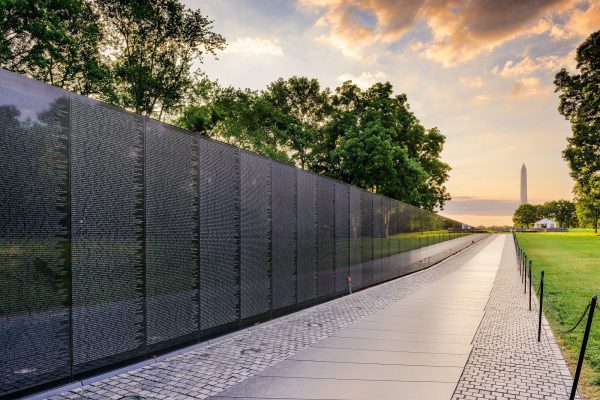
In 1988, a painting titled Mirth & Girth by David K. Nelson, a student at the School of the Art Institute of Chicago, sparked significant controversy. The painting showed Chicago’s first Black mayor, Harold Washington, in women’s lingerie.
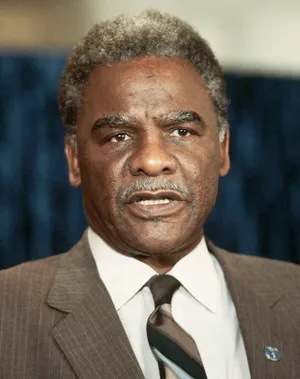
Ald. Allan Streeter and several other Black alders, accompanied by police officers, marched into the Museum and removed the painting from the building. In an interview with The New York Times, Mr. Streeter stated, “It is an insult to a great man and an affront to Blacks, and there would have been trouble in this city if it stayed on exhibition.” The American Civil Liberties Union filed a lawsuit on Nelson’s behalf, arguing that his First Amendment rights were violated. The painting was returned to Nelson but not put back on display.
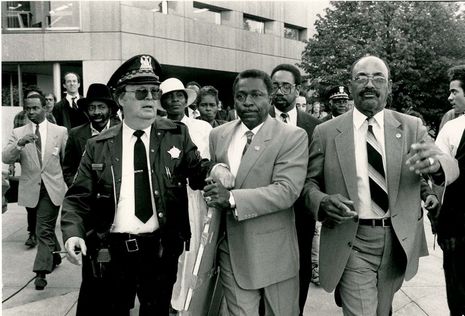
In Nazi Germany, art was used as a tool for propaganda. The Holocaust Encyclopedia shares, “Nazi propaganda played an integral role in advancing the persecution and ultimately the destruction of Europe’s Jews.”
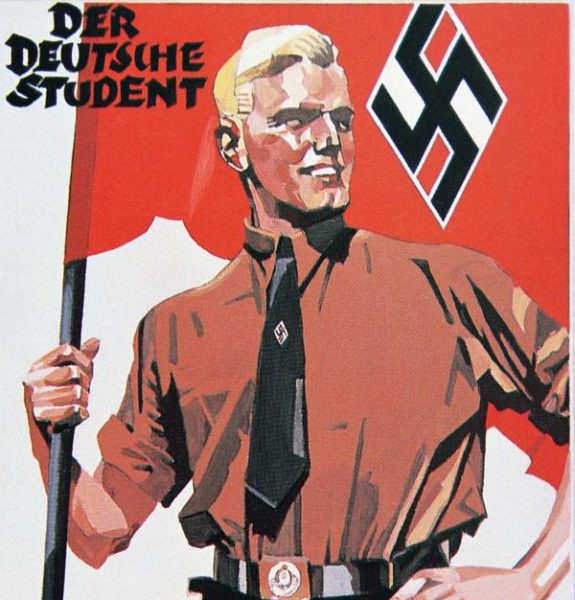
The Chicago Cultural Center was at the heart of a debate over an art installation by artist Abby Palen titled U.S.-Israel War Machine. The controversy stemmed from the artwork’s depiction of a bloodied Uncle Sam and Israeli Prime Minister Benjamin Netanyahu. The Potential Energy Chicago: Puppets Up Close exhibit was displayed from December 21, 2024, to April 6, 2025.
The Cultural Center shares the exhibit’s intent, writing, “Puppets are created to tell stories. By removing them from the stage, we can highlight how artists embed specific narratives into each piece.” Artistic choices, such as symbols, words, and colors, often spark controversy due to their varied interpretations and potential for strong emotional or political reactions.
Following the installation of Palen’s art, 27 Alders spearheaded by Ald. Debra Silverstein wrote and signed a letter to Mayor Brandon Johnson calling for its removal.
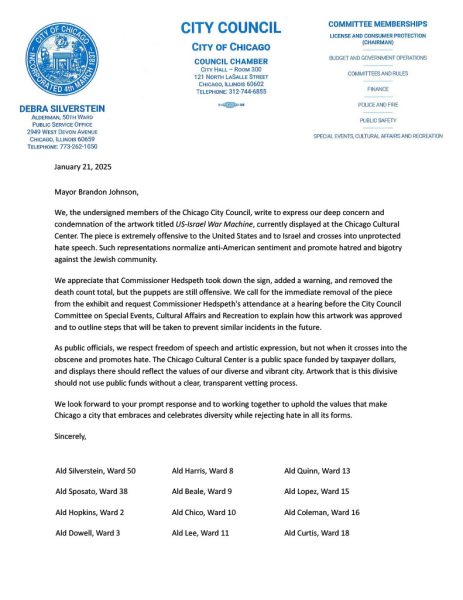
The letter condemns the piece as “offensive to the United States and Israel and crosses into unprotected hate speech.” The letter states, “Such representations normalize anti-American sentiment and promote hatred and bigotry against the Jewish community.” Ald. Samantha Nugent, who represents the 39th Ward, where Northside is located, signed the initiative.
To fund the Chicago Cultural Center, “the City Council levied a 1% tax on its citizens.” In the letter calling for the art’s removal, the alders write, “The Chicago Cultural Center is a public space funded by taxpayer dollars, and displays there should reflect the values of our diverse and vibrant city.”
On February 4, 2025, the City Council Committee met to discuss the controversial art piece, touching on freedom of expression, possible anti-Semitism, and the use of taxpayer dollars. How is art selected for exhibits in city-owned spaces? What are the criteria? In a CBS News report, DCASE Commissioner Clinée Hedspeth said, “When art is deemed controversial, there is a process…That process did not happen.”
The Chicago Cultural Center selects art for its exhibitions through a process led by the Visual Arts staff of the Department of Cultural Affairs and Special Events (DCASE).
According to the CBS News report, the complainant is expected to meet with the curator and the artist, in this case, Palen, to find common ground. CBS News further shares, “In this case, a wall plaque, along with a ‘death count,’ was removed and replaced for possibly displaying sensitive content that could be perceived as opinion.” Artistic choices and symbols, such as the wall plaque, can impact the perception of a piece. How does art, as both expression and activism, reflect the cultural values and political climate of its time?
“Art is one of the things that we leave behind as a culture for future generations to see,” Ms. Joanne Minyo, a Northside Art Department member, said. “It becomes something that documents our time.” Increasingly, Ms. Minyo adds, “artists have become activists.”
Ms. Minyo points out the Guerrilla Girls as a notable example of a group of female artists devoted to fighting sexism and racism, using humor and striking visuals to draw attention to their advertising-style graphics and bold posters.
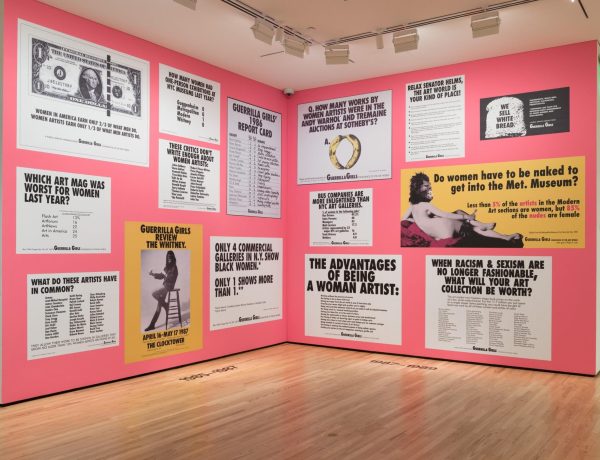
In terms of what art should and shouldn’t do, Ms. Minyo says art “becomes problematic when it starts to attack people’s identities, where it can become hate speech.” She says that while artists can create whatever they want, once their work is shown publicly, they must consider its impact. “You’ve got to show responsibly,” but for Ms. Minyo, “political figures are always fair game.”
Looking at the puppet’s base, Ms. Minyo notices a possible resemblance to a swastika, saying, “If that was intentionally meant to be a swastika, then I think the piece becomes problematic.” After looking more closely, Ms. Minyo comments, “That was a structural choice…” When asked if Palen’s art should be displayed, Ms. Minyo replies, “I think it’s fine for it to be in the Cultural Center.”
“It doesn’t have to be that within one exhibit, if you are addressing one issue, you’ve got both sides of that issue represented.” Ms. Minyo states it would be problematic if one perspective were consistently represented while others were not. She reminds herself that the show’s context was puppets, not politics.
“There is an evolving sense of what counts as free speech,” Mr. Michael Myers, a Northside Social Science Department member, explains. The First Amendment states, “Congress shall make no law… abridging the freedom of speech,” but there isn’t an agreed-upon legal definition of “free speech.” Mr. Myers emphasizes the shifting boundaries of what is and isn’t considered free speech, especially when analyzing court cases in his AP Government and Politics class.
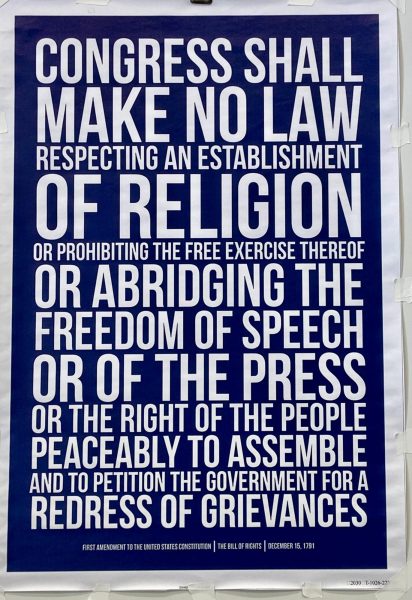
When analyzing Palen’s puppet, Mr. Myers noted bloodied Uncle Sam on one side and Israeli Prime Minister Benjamin Netanyahu on the other. He also points out that the base of the puppet resembles a Swastika, saying, “It is kind of swastika-ish.”
“Regardless of how I feel about [the topic],” Mr. Myers said, “I don’t think a public venue is the place for [the puppet].” He adds that if multiple viewpoints were represented in the exhibit, that would be acceptable.
Palen’s controversial puppet challenges the notion of speech being truly “free.” It highlights how artistic expression often comes with real-world repercussions. Its symbolism and message evoke strong political reactions. Should this puppet be publicly displayed in the taxpayer-funded Chicago Cultural Center? Is the City endorsing its message by displaying the art?
Ultimately, the significance of an art piece and its controversy are not dictated by the artist alone but by those who engage with it. The true power lies in the hands of the audience, who must assess their own values and the consequences of their judgments.



